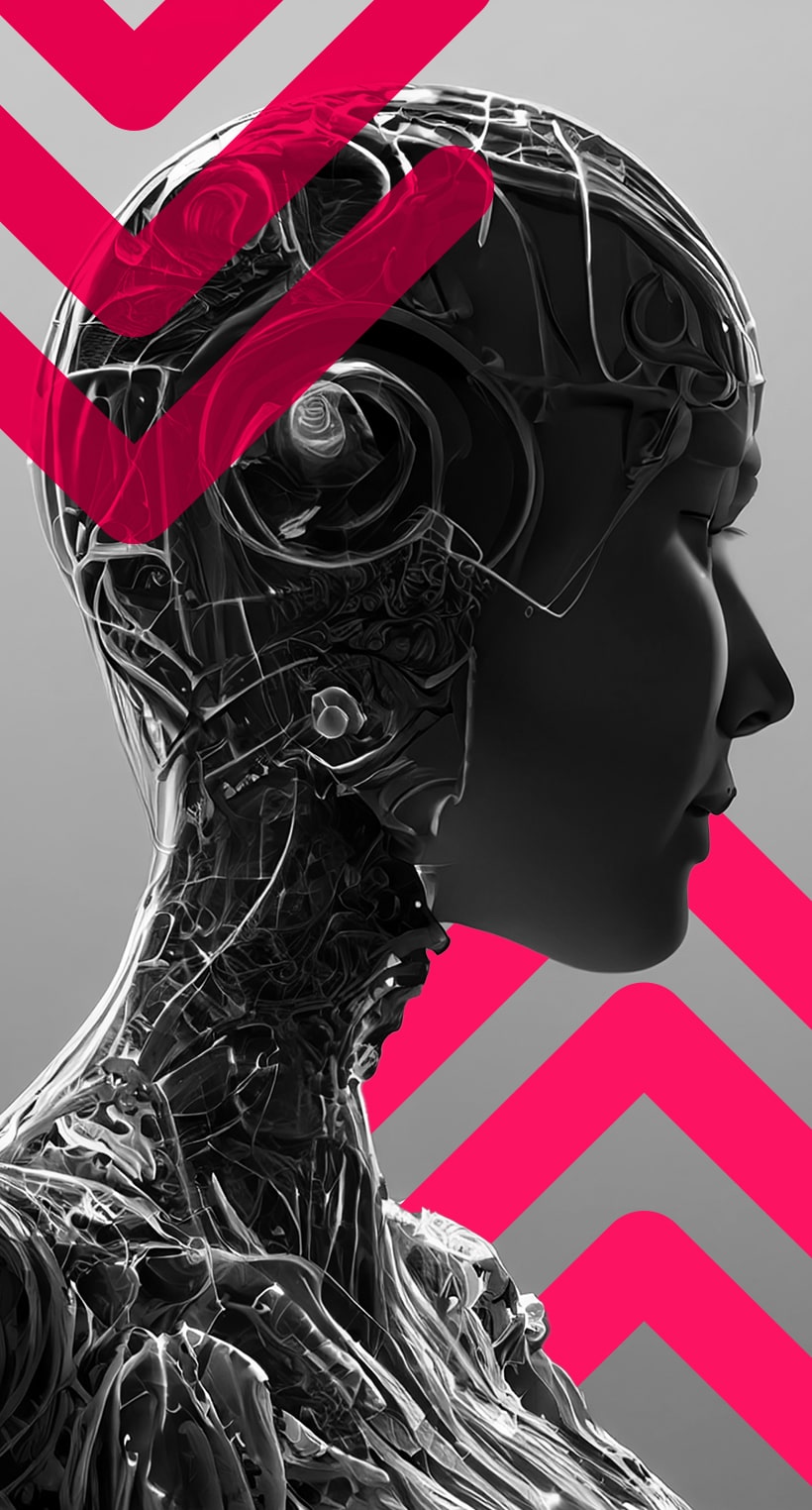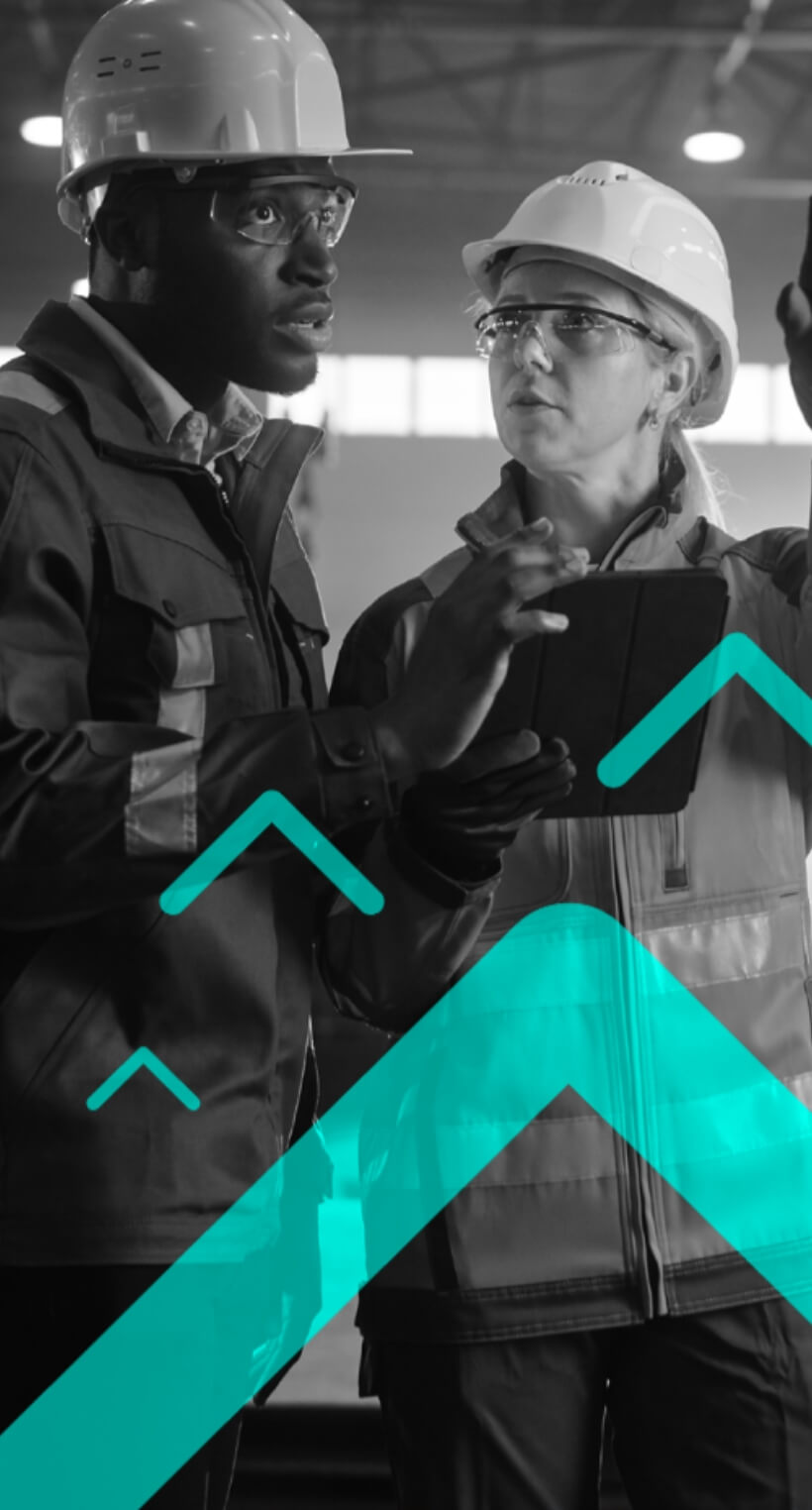The intersection of Robotics and Artificial Intelligence (AI) has been a captivating and rapidly evolving field, capturing the imagination of researchers, engineers, and the general public alike. As AI continues to push the boundaries of what’s possible, the integration of robotic systems has become increasingly prevalent, unlocking new realms of technological advancement. This article delves into the fascinating history and evolution of Robotics in AI, exploring the pivotal role AI plays in shaping the future of robotics.
The History and Evolution of Robotics in AI
The origins of Robotics in AI can be traced back to the mid-20th century, when the first conceptual ideas of intelligent machines began to take shape. In the 1950s, pioneers like Alan Turing, John McCarthy, and Marvin Minsky laid the groundwork for the field of AI, laying the foundation for the integration of robotic systems. As the decades passed, advancements in computing power, sensor technology, and machine learning algorithms paved the way for increasingly sophisticated robotic systems.
The 1970s and 1980s saw a surge in industrial automation, with the widespread adoption of robotic arms and manipulators in manufacturing processes. These early robotic systems, while lacking the advanced cognitive capabilities of today’s AI-powered counterparts, laid the groundwork for the future integration of AI and Robotics. The 1990s and 2000s marked a significant turning point, as AI techniques like neural networks, deep learning, and reinforcement learning began to revolutionise the field of Robotics. Robots equipped with these AI-driven capabilities demonstrated enhanced perception, decision-making, and adaptability, opening up new avenues for their application in various industries. Today, the integration of Robotics and AI has reached new heights, with autonomous vehicles, humanoid robots, and advanced industrial automation systems showcasing the incredible potential of this synergistic relationship.
The Role of AI in Robotics
AI plays a crucial role in the advancement of Robotics, providing the cognitive capabilities that enable robots to perceive, interpret, and interact with their environments in increasingly sophisticated ways. Here are some of the key ways AI is transforming the world of Robotics:
- Perception and Sensing: AI-powered computer vision, image recognition, and sensor fusion algorithms allow robots to perceive and interpret their surroundings with greater accuracy and nuance, enabling them to navigate complex environments, identify objects, and respond to dynamic situations.
- Decision-making and Autonomy: AI-driven decision-making algorithms and planning systems enable robots to make autonomous decisions, adapt to changing conditions, and execute tasks with increased efficiency and flexibility.
- Learning and Adaptation: Machine learning techniques, such as reinforcement learning and deep learning, allow robots to learn from their experiences, adapt to new situations, and continuously improve their performance over time.
- Natural Language Processing: Advancements in natural language processing (NLP) have enabled robots to understand and respond to human language, facilitating more natural and intuitive interactions between humans and machines.
- Robotic Control and Coordination: AI algorithms are instrumental in the precise control and coordination of robotic systems, enabling complex movements, task execution, and collaboration between multiple robots.
As the capabilities of AI continue to evolve, the integration of these technologies with Robotics is poised to drive groundbreaking advancements in fields such as healthcare, transportation, manufacturing, and beyond.
Prominent Examples of Robotics in AI
The synergy between Robotics and AI has given rise to a wide range of impressive applications and innovations. Here are some prominent examples that showcase the power of this dynamic partnership:
- Autonomous Vehicles: Self-driving cars and trucks, powered by AI-driven perception, decision-making, and control systems, are revolutionising the transportation industry, promising increased safety, efficiency, and accessibility.
- Surgical Robots: AI-enabled surgical robots are transforming the field of healthcare by providing enhanced precision, dexterity, and patient outcomes during complex medical procedures.
- Humanoid Robots: Humanoid robots, like Boston Dynamics’ Atlas and SoftBank Robotics’ Pepper, are designed to mimic human movement and behaviour, opening up new possibilities for human-robot interaction and collaboration.
- Industrial Automation: AI-powered robotic systems are driving advancements in industrial automation, enabling increased efficiency, precision, and flexibility in manufacturing processes, from assembly lines to warehouse logistics.
- Household Assistants: Domestic robots, such as Roomba vacuum cleaners and Amazon’s Alexa-powered devices, leverage AI to perform household tasks, provide personalised assistance, and enhance the overall quality of life for users.
These are just a few examples of the remarkable ways in which Robotics and AI are converging to transform various industries and aspects of our lives. As the technological landscape continues to evolve, the possibilities for future applications of this dynamic partnership are truly boundless.
The Future of Robotics in AI
As we look towards the future, the continued integration of Robotics and AI holds immense promise for driving transformative change across a wide range of sectors. Here are some of the key areas where the future of Robotics in AI is poised to make a significant impact:
- Healthcare and Rehabilitation: Advancements in AI-powered robotic systems will revolutionise the delivery of healthcare, from assisting with surgical procedures to aiding in the rehabilitation of patients with physical disabilities.
- Disaster Response and Exploration: Highly capable, AI-driven robotic systems will play a crucial role in disaster response and recovery efforts, as well as in the exploration of hazardous or inaccessible environments, such as deep-sea and outer space.
- Sustainable Energy and Environmental Conservation: Robotics and AI will be instrumental in developing and maintaining renewable energy infrastructure, as well as in monitoring and preserving fragile ecosystems.
- Personalised Assistants and Companionship: The development of AI-powered robotic companions and personal assistants will enhance the quality of life for individuals, providing tailored support, companionship, and even emotional engagement.
- Ethical and Societal Considerations: As the integration of Robotics and AI becomes more pervasive, it will be crucial to address the ethical and societal implications, ensuring the responsible development and deployment of these technologies for the benefit of humanity.
The future of Robotics in AI is brimming with excitement and possibility. As researchers, engineers, and policymakers collaborate to harness the full potential of this dynamic partnership, the world will witness a transformation that redefines our understanding of what’s possible and paves the way for a more intelligent, efficient, and sustainable future.
Conclusion
The evolution of Robotics in AI has been a captivating journey, marked by groundbreaking advancements and the convergence of cutting-edge technologies. From the early conceptual ideas to the sophisticated robotic systems of today, the integration of AI has been instrumental in driving the remarkable progress of the field. As we look to the future, the possibilities for Robotics in AI are truly boundless. Whether it’s in the realm of healthcare, transportation, manufacturing, or beyond, the synergistic relationship between these two fields will continue to reshape our world, opening up new avenues for innovation and problem-solving.
;)
;)
;)